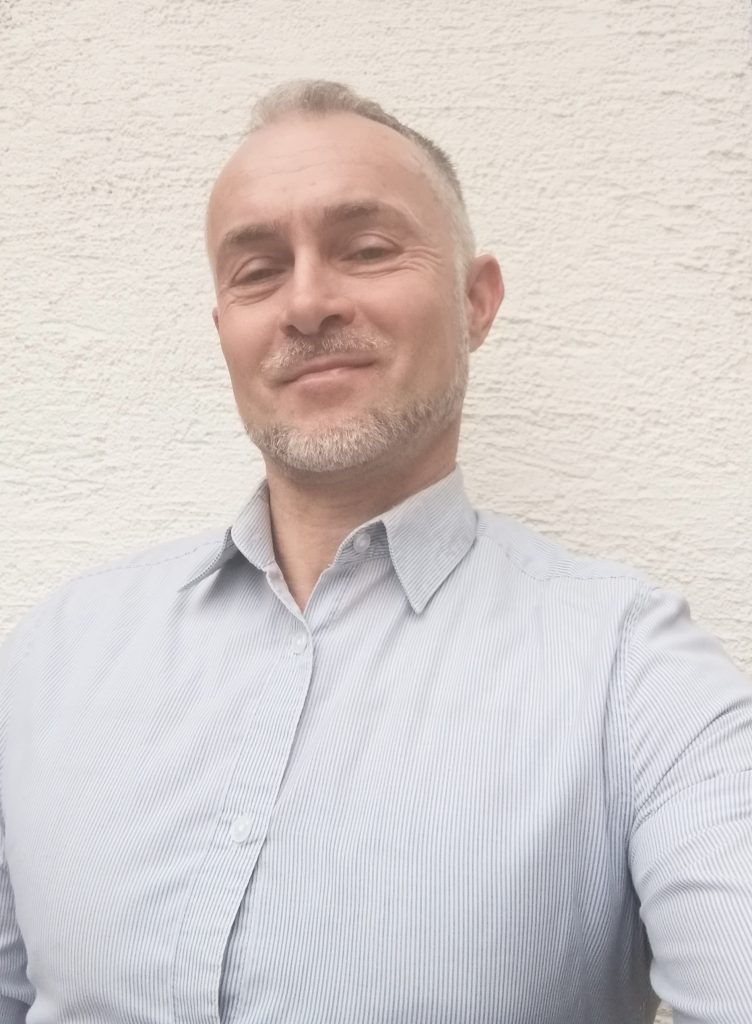[Webinar] Solo Simultaneous Interpreting – Traditions, Research and New Challenges

Udo Jorg
Udo Jorg, a German national, trained as a conference interpreter at the University of Vienna, Heriot-Watt University in Edinburgh and the University of Bradford. He carried out research into verb anticipation in German-English simultaneous interpreting and has been working as a self-employed conference and business interpreter for German and English since 1995. For almost a decade, he was a part-time senior lecturer on the MA in Conference Interpreting at London Metropolitan University with a focus on interpreting research. Udo is a long-standing and active member of the UK’s Institute of Translation and Interpreting (ITI) and is based in London.
Solo Simultaneous Interpreting – Traditions, Research and New Challenges
It is generally seen as good practice that conference interpreters work in teams and take turns every 20 to 30 minutes when working in the simultaneous mode. With many remote meetings being shorter than on-site events, it is not uncommon these days that clients and intermediaries approach conference interpreters about working ‘solo’ for longer than 30 or 40 minutes. Is this wise and professional? Does solo sim for longer than the usual stints impact performance? How should you respond if you are approached about doing solo sim?